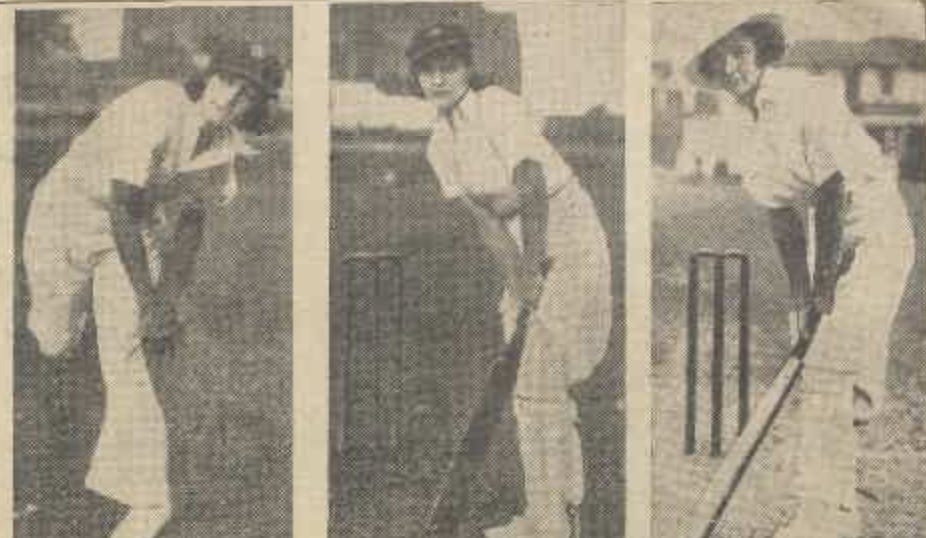What follows is the latest installment in our series on the inaugural women’s Ashes tour of 1934/35. The previous installment is here.
4th January 1934
Australia Drop their Fastest Bowler
Fernie Blade, Australia’s fastest bowler, was pivotal to their battle plans when the Women’s Cricket Association accepted the invitation to tour. However, the Australian selectors who debated late into the evening have elected spin and accuracy for pace. Blade has been dropped. After viewing extensive wicket-keeping practice sessions at the same meeting, Blade’s twin sister, Rene Shevill, was chosen instead of Alice Wegemund to replace Hilda Hills, who broke her nose in Brisbane.
Australia’s bowling will rely heavily on Anne Palmer and Peggy Antonio, as they will play an extra batter to put more runs on the board. Barbara Pedan and Joyce Brewer will debut, strengthening the middle-order and the slip cordon. Lorna Kettles has lost her place.
Australian XI: M Peden (Captain, NSW), B Peden (NSW), R Monaghan, H Pritchard, E Shevill, R Shevill (NSW) P Antonio, N McLarty, A Palmer (V) K Smith, J Brewer (Q) , 12th Clements (V).
Three sisters almost create history
If all three sisters had played, they would have been the first trio of siblings to play for Australia in Test cricket. The Grace brothers were the first to play together in 1880, while two Hearne brothers appeared for England and one for South Africa in the same test in 1891-92.

Keeping Wicket with a Baseball Mask
As women’s cricket regained popularity in 1920s Australia, pitches were at a premium. Most grade cricket matches were played on concrete wickets, which led to wicketkeeping injuries caused by uneven bounce. Rene Shevill was struck in the face and began to wear a baseball mask, which received some negative comments and was prohibited from state matches. The NSWWCA wasn’t swayed when Shevill said, “I would rather give up wicketkeeping than risk another hit like the one that caused me to wear a mask” (Sydney Telegraph, November 1933). Their Victorian counterparts were much more approachable when Kathleen Miers requested in December 1933 that players wear masks. Pat Jarrett reported, “The wearing of a mask will be an innovation in Victorian cricket, and as the association has no rule in its constitution on the matter, it is quite likely that many players will follow the fashion set by Miss Miers, who has been hit in the face by balls several times” (Herald, December 1933). At the same meeting, Florrie Baird enquired if players could wear trousers. The meeting felt that trousers would be worn one day, but that day had not yet come.
Baseball catchers have used masks since the late 1870s. Invented by Fred Thayer in 1877, they were quickly accepted into the professional game. Cricket experimented with masks in the 1930s, but it would wait until World Series Cricket before batting helmets were commonly used. It was not until 2015 that it was made mandatory for fielders to wear helmets when fielding close to the wicket.
If you would like to contribute to this newsletter, please either respond to the email in which you received it, or leave a comment below.




